A Study in Community Disaster Response: King Fire vs. Sand Fire
So, for anyone who missed all of my talk about something called the Sand Fire, a little refresher.
It’s no secret that the West Coast is kind of fucked with drought right now. California, in particular, is just plain in trouble. And where there’s drought and high heat, there’s fire. We juuuust finished dealing with the Sand Fire, a little over two months ago. 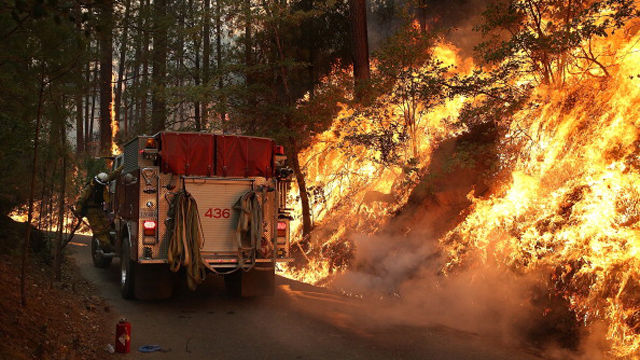
On Sunday, the community boards lit up with news of a new fire: the King Fire. This one started right on the edge of Pollock Pines, a small community that bumps up against my home town of Placerville. Obviously, I immediately went into a ‘oh god oh god’ rush of checking maps and wind patterns, but it was on the opposite side of town and the geography and wind patterns made it unlikely to move toward me. Still stressful, but I was able to breath again, unlike pretty much everyone in the county I grew up in. 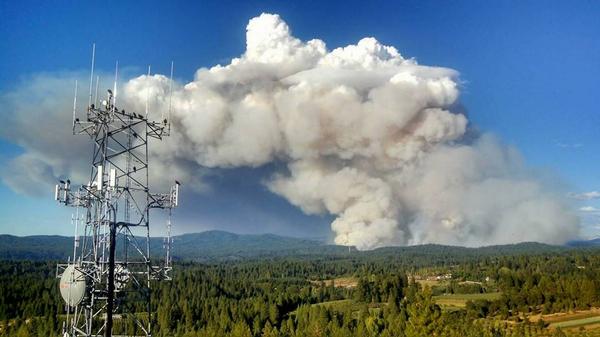
At first, the fire looked dangerous but not notably so. The local fire teams had just mopped up a 200+ acre fire west of the town, and there were hopes that this would get cleaned up quickly too.
The initial spread, when the incident report page went up, was 40 acres. Then 100. And then, within 2 hours, it had jumped. 1000 acres. By Monday morning, 3000. Last night, 8600. This morning? 11,500.
Yesterday, the incident graduated to a Type 1 crisis, meaning that the National Guard has been called in. A video showing the smoke clouds and some of the details is now up on USA Today.
Watching this latest fire has been interesting. It’s already three times the size of the one that hit us a couple of months ago, and we’re getting Federal aid to manage it, but there’s been less panic and less loss.

Sand Fire: 4200 acres (ish), 4 days, about 70 buildings lost, no town threatened, significant community disruption, multiple command divisions and bases. Coverage in Time, BBC, and more. 
King Fire: Nearing 12,000 acres in 3 days, Type 1 Federal incident, mass evacuations of a large portion of the county, threatens multiple towns even without a shift in the wind. No buildings lost yet, minimal outside coverage. (Edit: this is changing, as noted by the USA Today link above. It’s seldom good when your hometown makes national and international news twice in one summer!) 
The Sand Fire hit in an area with deep canyons funneling out of the Valley. We get winds from the Delta, which are amazing for cooling down hot nights, not so great when there’s fire. It was an aggressive, agile fire, changing direction frequently and making hard runs for new fuel. It was in an area composed mostly of country houses, vineyards, and ranches, making the firefighters deal with structure protection as much as actually fighting the fire. It was also the first disaster the community has had to face in a while, and the location and timing–late afternoon–of the ignition forced emergency overnight evacuations, leaving property and stock in danger.
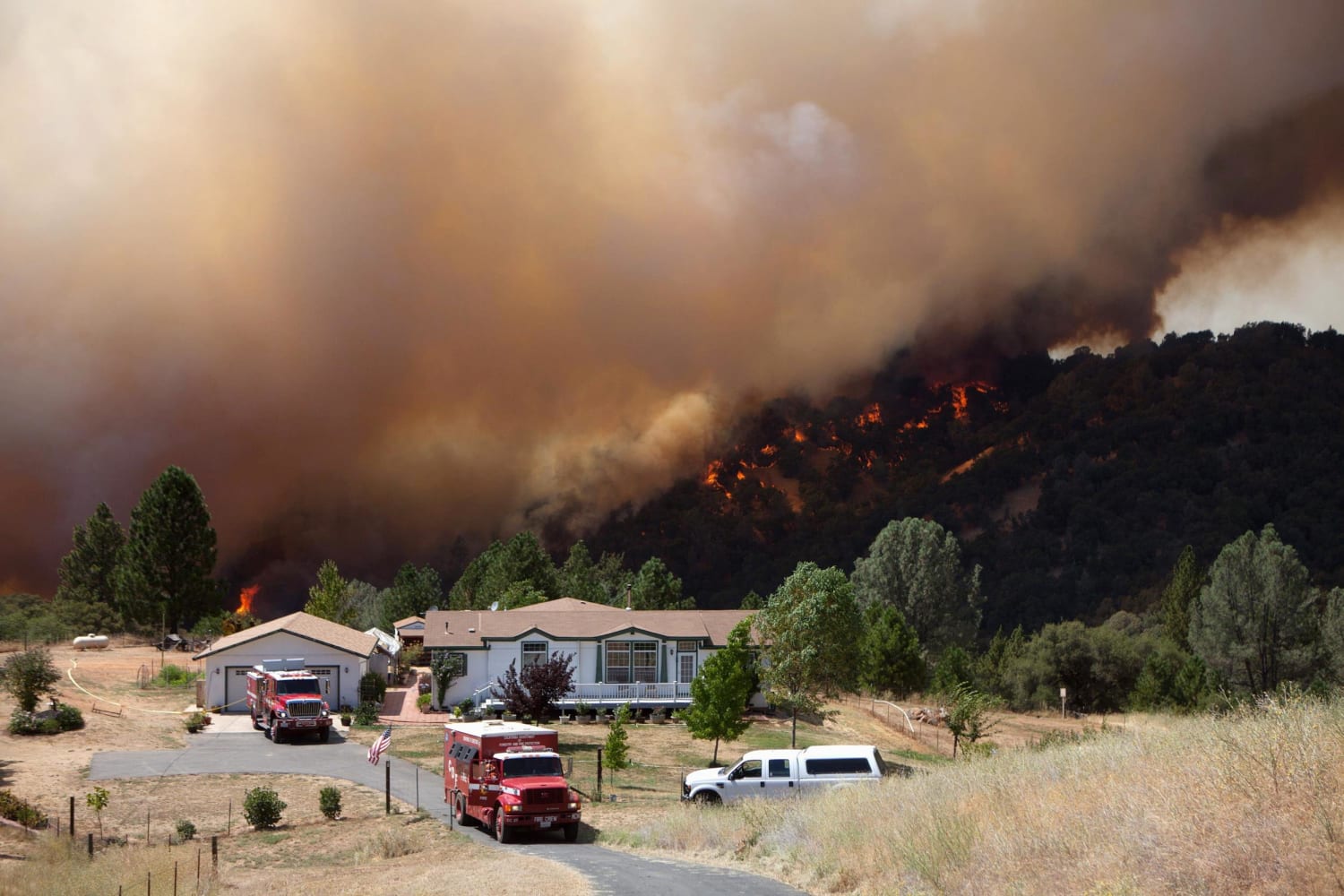
The King Fire is, so far, burning steadily and aggressively into the mountains, through rough terrain. It’s spotting well ahead of itself, but what it brings in size, it seems to lack the Sand Fire’s diversity and mobility (and thank god for that).
It’s also a fantastic study of community. The Sand Fire built and tested community response and management systems in a high-pressure environment. Weaknesses were found and addressed, leaders in the community identified and tested, systems and protocols established and refined, all within four days. We didn’t have any outside support, so it was all within the community. It took about three days for the machinery to start running smoothly.
Within hours of the King Fire starting, the community FB page had shut down all non-fire posts, set up threads to track evacuations and fire statuses, set up a fund to keep evacuated livestock fed, brought in new admins to ensure that the board was being managed at all hours, had organized groups to help evacuate livestock and pets, and was mobilizing people, supplies, and support systems. Most importantly, they are keeping a tight rein on misinformation, paranoia, and panic.
By the time outside support came in, the community was already engaged in a complex, orderly system of disaster response. Not the mayor, or the police department, but the average, basic members of the community.
I think that one of the biggest keys in surviving and minimizing the damage of a disaster is empowering local communities. We saw it with Ferguson–although that was a much larger, more national support–and Sandy, where social media played a huge role in disaster response.
Going forward, knowing that we’ll be dealing globally with more natural disasters, more human-caused disasters, and the effects of war, we need to make sure that we’re educating and empowering communities to deal with crises. The response of the community to the fires has alleviated strain on law enforcement, the Red Cross, and the firefighters, allowing them to focus all of their efforts on the actual disaster. Identifying leaders, offering resources and education, and giving people the ability to respond positively to crisis also cuts down on the potential for negative behavior.
And lord knows we need all the help we can get, right now.
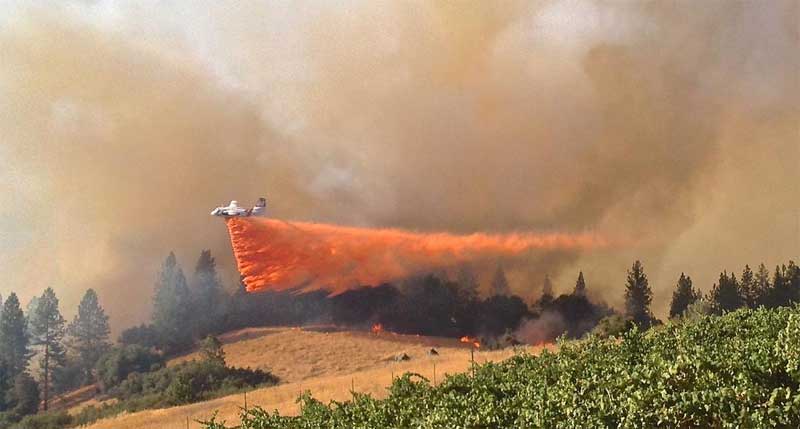
And possibly my favorite photograph from the entire hellish incident…

Don’t fucking smoke!

Love this.. thank you 🙂
Good post containing excellent analysis Jaym.